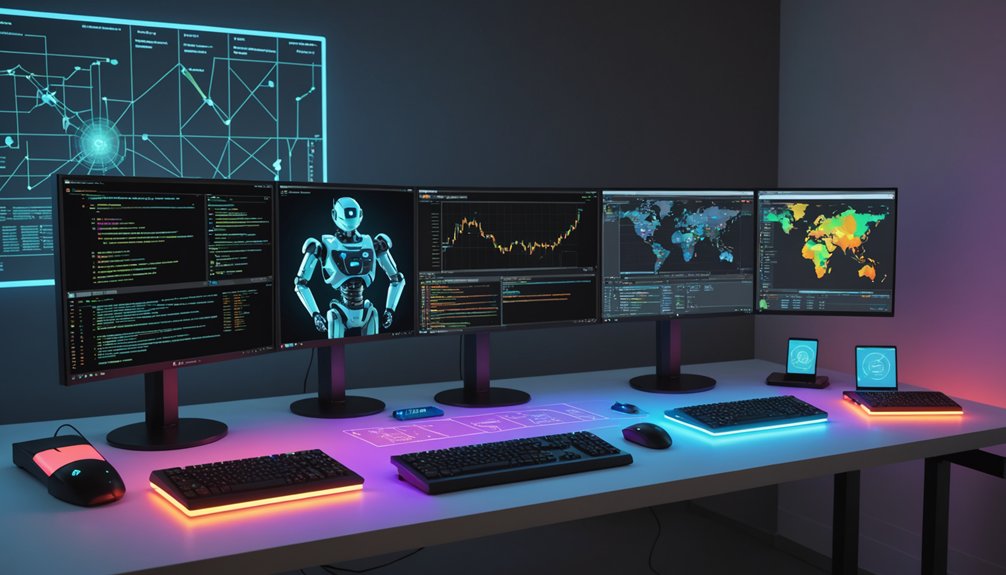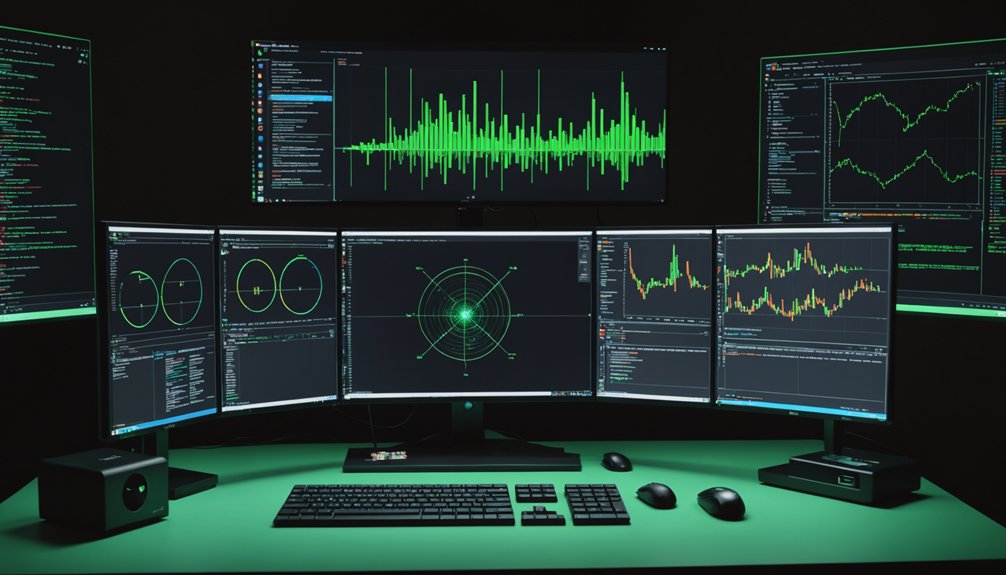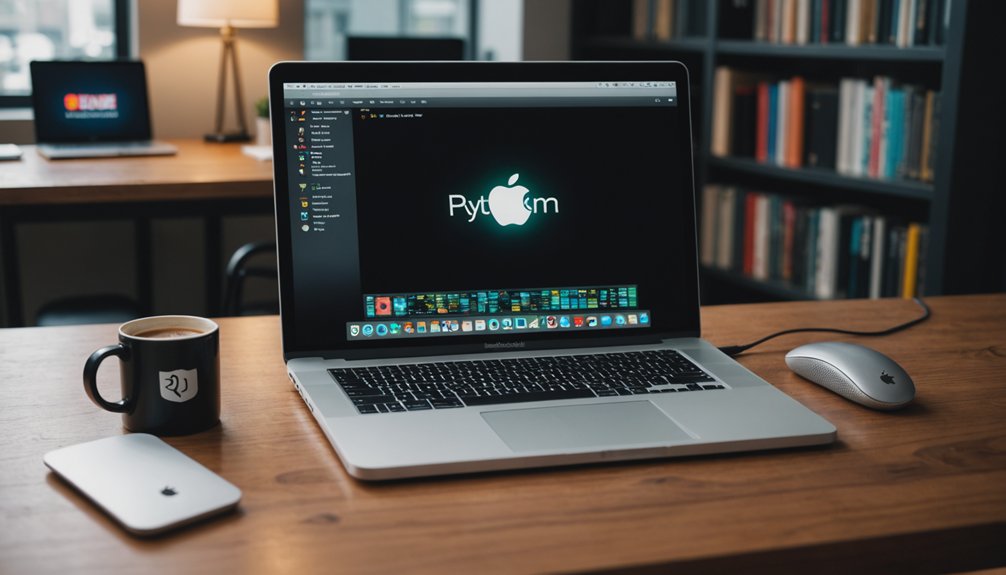Training a reinforcement learning model happens in phases. First, set up an environment with clear states and actions. Choose a suitable algorithm—Q-learning for simple tasks, deep RL for complex problems. Code the implementation using frameworks like TensorFlow. Train the agent through exploration, letting it make mistakes and learn from rewards. Progress isn't linear; expect setbacks. Fine-tune hyperparameters for stability. Patience and smart reward structures make all the difference.

Diving into reinforcement learning feels like teaching a digital toddler through trial and error. The process starts with an agent—basically a computer program that will learn to make decisions. This agent exists in an environment, whether that's a video game, a robotics simulation, or some abstract mathematical space. Yeah, it's really that broad.
First, developers need to set up the environment. OpenAI Gym is popular for this—it's like a sandbox where the agent can play without breaking anything important. The environment must clearly define what states the agent can observe, what actions it can take, and—crucially—how it gets rewarded. No treats or gold stars here. Just numerical values that say "good job" or "you messed up." Data preprocessing plays a vital role in preparing the environment states for optimal learning.
Choosing the right algorithm matters. Q-learning works for simple problems—it builds a table of state-action values. But real-world stuff? Way too complex for tables. That's when deep reinforcement learning comes in. Deep Q-Networks combine neural networks with Q-learning principles. Suddenly, complex patterns become manageable. Model evaluation helps determine if the chosen algorithm performs effectively on test scenarios.
Implementation requires some serious coding chops. TensorFlow or similar frameworks form the backbone. Neural networks serve as the brain. They take raw observations and transform them into meaningful representations. Not magic, just math. Lots of math. The model learns to continuously update based on success outcomes, improving its performance with each iteration. Hyperparameters often need careful tuning to balance exploration and ensure training stability.
Training isn't a weekend project. The agent initially bumbles around making random choices—the infamous exploration phase. Using strategies like epsilon-greedy, it gradually shifts from exploration to exploitation, leveraging what it's learned. Experience replay helps stabilize this learning by revisiting past experiences rather than forgetting them immediately.
The process isn't linear. There's backtracking. Frustration. Moments where the agent seems to get dumber before getting smarter. Kind of like raising teenagers.
But with patience, the right reward structure, and thoughtful algorithm selection, reinforcement learning models eventually figure things out. Sometimes they even surprise their creators with solutions humans never considered.
Frequently Asked Questions
How Do RL Models Handle Adversarial Environments?
RL models tackle adversarial environments through several techniques. Adversarial training pits agents against competitors, building robustness.
Environment Adversarial RL cranks up difficulty by tweaking parameters. Robust Adversarial RL (RARL) deliberately destabilizes training to improve stability. Clever, right?
These approaches use minimax objectives, treating learning as a zero-sum game. Performance Prediction Networks help models anticipate varied conditions.
The payoff? Models that handle real-world uncertainties better. No simulation-reality gap here.
Can Reinforcement Learning Be Combined With Unsupervised Learning Approaches?
Yes, reinforcement learning can absolutely merge with unsupervised methods. This combo packs a punch in the AI world.
Unsupervised learning discovers patterns in raw data while RL optimizes for rewards. Together? They're powerful.
Neural networks often serve as the integration point, using techniques like actor-critic frameworks or generative models.
The challenge? Finding the right balance. When done properly, these hybrid approaches enhance performance across robotics, gaming, and complex perception tasks.
Not easy, but worth it.
What Hardware Is Optimal for Training Complex RL Models?
Complex RL models demand serious hardware.
Top CPUs? Intel Xeon W or AMD Threadripper Pro. Need at least 16 cores, more if possible. These workhorses support multiple GPUs—a must-have feature.
For GPUs, NVIDIA rules this world. Period.
Professional cards like RTX 5000 Ada or 6000 Ada handle the heavy lifting. Enterprise-grade components matter when your model's been training for days. No time for random crashes when you're pushing computational limits.
How Can I Detect if My RL Agent Is Overfitting?
Detecting RL agent overfitting isn't rocket science. Test it in unfamiliar environments—if it tanks, there's your answer.
Compare performance between training and validation environments. The gap widens? Overfitting alert.
Environment randomization helps too. So does monitoring policy entropy—when it drops too low, the agent's probably memorizing specific scenarios instead of learning adaptable strategies.
Cross-validation principles, though tricky in RL, can provide additional confirmation.
When Should I Use Model-Free Versus Model-Based RL Approaches?
Model-free RL shines in complex environments where modeling is impossible.
It's simpler, needs no prior knowledge, and works.




